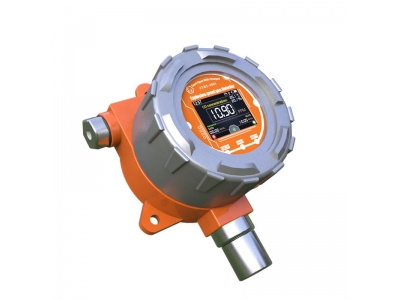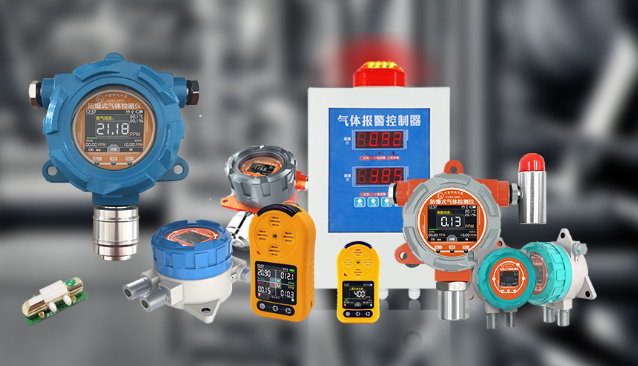
Methane Sensor : You Need to Know About
The methane sensor is a component of a stationary methane gas detector used to monitor and detect % LEL(lower explosive limit) levels in the air or methane levels at volume levels.

The methane sensor is a component of a stationary methane gas detector used to monitor and detect % LEL(lower explosive limit) levels in the air or methane levels at volume levels.
The methane sensor is a component of a stationary methane gas detector used to monitor and detect % LEL(lower explosive limit) levels in the air or methane levels at volume levels.

There are two technologies used to manufacture Methane Sensors, Catalytic Bead and Infrared sensor technologies. Catalytic Bead sensors predate Infrared sensors, and are prone to being poisoned by silicone, lead, sulfur and halogenated compounds. They also require frequent calibration and although less costly than an Infrared sensor, require replacement on a more frequent basis. Because they are lower in cost, some end users still prefer to use Catalytic Bead sensors as a Methane Sensor, especially where there could be other combustible solvent vapors preset that the Catalytic Bead sensor will detect, while an Infrared sensor would not.

As a Methane Sensor, Infrared sensor technology has now become the dominant Methane Sensor in a fixed gas detection system for combustible detection of hazardous levels of methane in air. Because an Infrared Methane Sensor does not require oxygen to operate, Infrared Methane Sensors can also be used in a 0-100% by volume methane or other hydrocarbon gas process gas environment, such as in natural gas pipelines, utility applications and bio gas applications.

A Catalytic Bead Methane Sensor works as a simple Wheatstone bridge circuit, where an active and reference filament wound from platinum wire with a palladium based catalyst changes the proportional resistance between the active and reference bead of the methane sensor in proportion to the amount of methane detected in a background of air.
Infrared Gas Detection instruments that use infrared methane gas sensors often use two wavelengths of infrared energy, with one active wavelength used for gas absorption, and the other as a reference wavelength to compensate the output signal of the Infrared Detection system for the effects of temperature and humidity.
When you have questions or concerns about your methane sensor or CH4 sensor, call JXCT Corp. with one of the many numbers provided. You can also use the contact form on the website. Thanks for getting in touch!